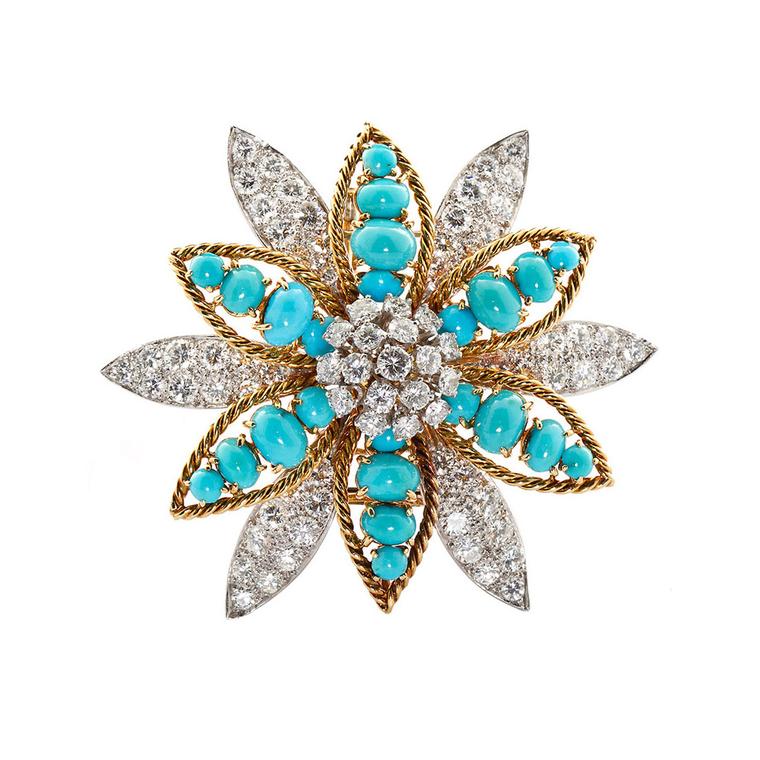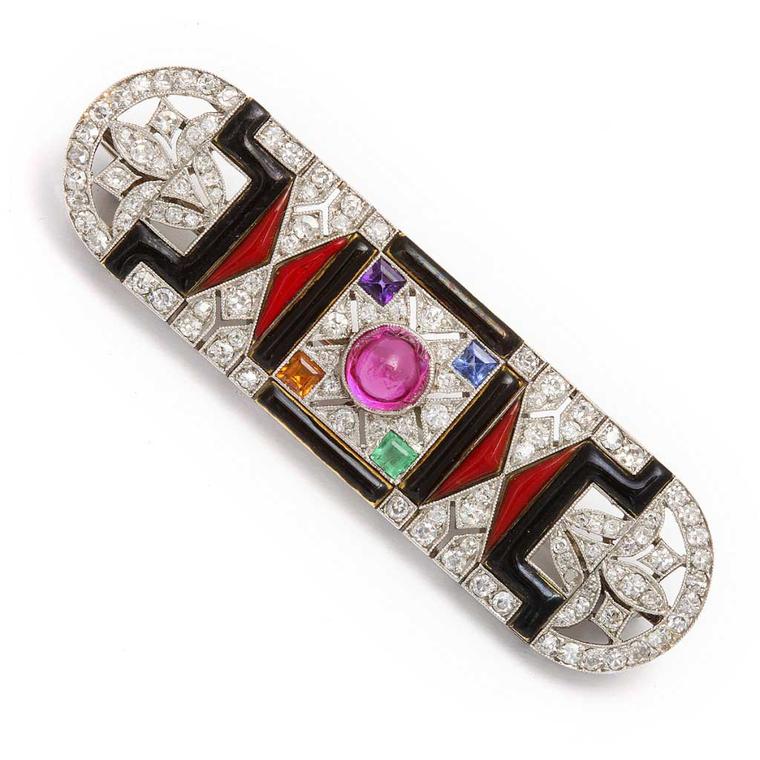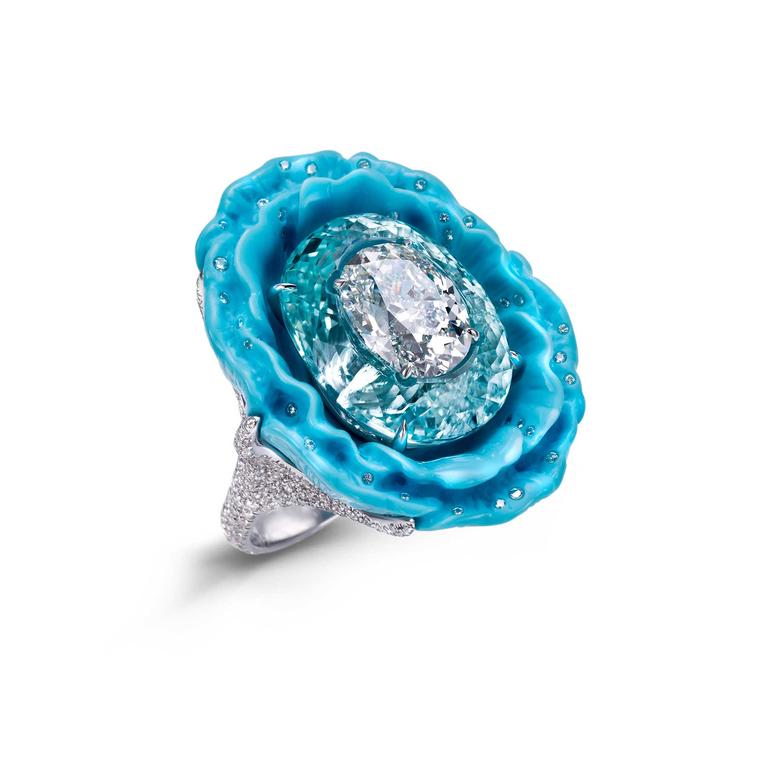
Instead of chasing away the winter blues, why not embrace them with a happy-coloured and historically laden gemstone such as turquoise, believed to bring contentment, luck and friendship into the wearer’s life. Reportedly the first stone to be mined and set into turquoise jewellery, it is December’s alternative birthstone to zircon and tanzanite, and reveals longstanding legends and symbolism that date back to ancient times.

The earliest turquoise stones originated in Persia and were known for their pure, robin’s egg blue colour. The gem also gives off a bluish-green hue, depending on what country/mine produces it. Turquoise was named after the French expression pierre torques, or "Turkish stone", due to the trade route the stone travelled from Turkey to Medieval Europe. This precious stone has been treasured and revered as a talisman since it was first found. From ancient Egypt through to the Middle Ages, the gem was carved into amulets that brought good fortune and protected the wearer from evil and harm. Renaissance rings featured cabochon turquoise centres with rock crystal surrounds, or were created with simple bezels to highlight the blue gem.
Turquoise regained its popularity and reigned during the Romantic and Aesthetic periods of the Victorian era. The Victorians, who loved their meanings and symbolism, believed in the ancient gem-lore that came before. They also deemed turquoise to be a fashionable gemstone with it’s vivid colour, its ability to pop from the richness of gold, and the new calibre cuts as well as pavé settings that covered the head of serpent motifs or the full body of a dove. It was also the gemstone of the forget-me-not flower, symbolising remembrance and friendship, which turned up on turquoise rings, brooches, lockets and padlocks.

Turquoise saw some signs of a comeback during the mid 20th century with David Webb and Van Cleef & Arpels producing turquoise jewellery featuring large cabochons in oval and pear shapes, and in cuts that created the petals of flowers, and bombe settings accented by other precious gemstones.
I was around for the 60s and 70s Native American jewellery revival when everyone was wearing Zuni turquoise inlayed silver rings, dangling earrings and various South-western turquoise cuffs. My fifth-grade boyfriend gave me a silver ring with a pyramid-like pattern of turquoise, and after it turned my finger green, took it back three weeks later to give it to another girl instead. I believe that is how long relationships last when you are 10 years old. I received birthday gifts from my young mother of turquoise earrings and a cuff, which she then “borrowed”. But after seeing a fede gimmel ring with forget-me-nots on the cuff, I knew turquoise jewellery had won my heart.
Read more about the turquoise jewellery revival
These days, as a collector, a hopeless romantic, and a woman who prefers warmer tones in metals, I go for the Victorian pieces. But there are many contemporary designers who are working with turquoise in high carat gold, producing some imaginative designs, both talismanic and sentimental, which give a nod to the past. So if you are feeling blue, or you want to claim turquoise as your first choice in birthstone, there are many styles and time periods from which to choose.


















